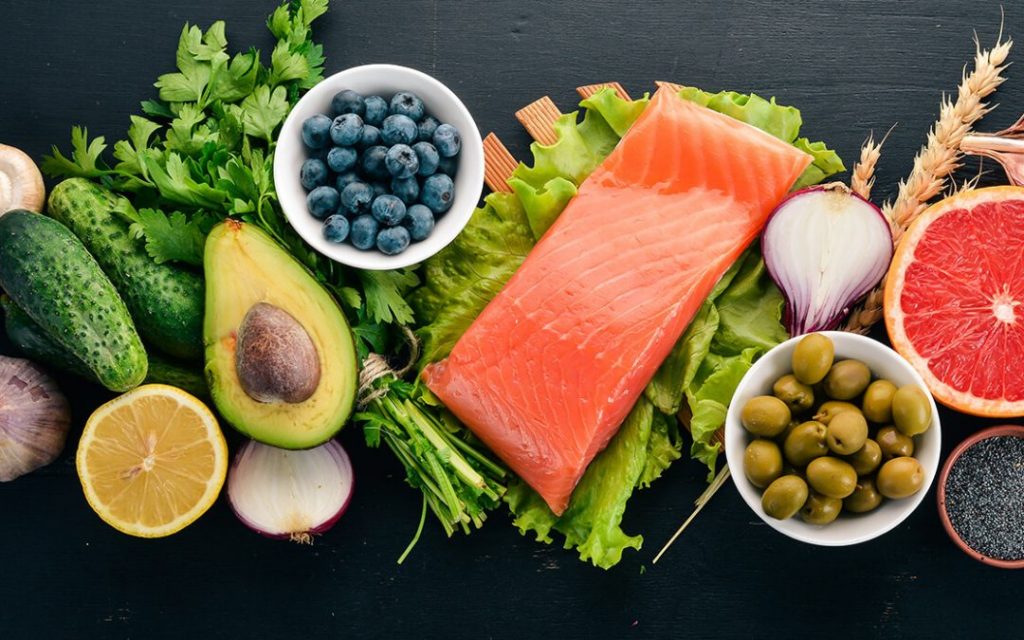
If you suffer from an autoimmune disease, you’ve most likely done a fair bit of research and you’ve probably come across the autoimmune diet. Somewhere else in your research, you’ve read about anti-inflammatory diets, like the Mediterranean diet. Both diets are intended to reduce inflammation in the body, but what’s the exact difference between the two and which one is more suitable for you? In this post, we explain the key differences between these two diets.
Anti-inflammatory diets
Anti-inflammatory diets have been around for many, many years. The Mediterranean diet, for example, is based on what Greeks, Italians and Spanish people were eating in the 1960s.
The Mediterranean diet usually looks something like this:
- Eat frequently: Vegetables, fruits, nuts, seeds, legumes, potatoes, whole grains, breads, herbs, spices, fish, seafood and extra virgin olive oil.
- Eat in moderation: poultry, eggs, cheese and yoghurt.
- Eat rarely: red meat
- Avoid: processed meat, sweetened drinks, refined sugars, refined grains and refined oils.
Autoimmune diet
While there are some similarities between the Mediterranean diet and the autoimmune diet, there are some important differences too. Nuts, seeds and legumes, for example, are initially avoided on the autoimmune diet. Eggs and dairy products are also avoided, with the possibility of reintroduction later in the diet.
Here’s what an autoimmune diet looks like in the elimination phase:
- Eat frequently: fish, vegetables (apart from nightshades), tubers, sauerkraut, kimchi, green tea, wild game, organic meat, bone broth
- Eat in moderation: fresh fruit
- Eat sparingly: natural sweeteners like honey and maple syrup
- Avoid: processed meat, legumes, nuts, seeds and any spices derived from them, grains
Phases of the autoimmune diet
This is another big difference between the autoimmune diet and, for example, the Mediterranean diet which is an anti-inflammatory diet. The autoimmune diet features phases: the first step of eliminating all foods and then the next steps of reintroducing one food group at a time.
This process is designed to identify foods that your body finds problematic. Let’s say you’ve started to feel better a few weeks after the elimination phase. Then, you reintroduce legumes and you’re still feeling better after a 5 or 6 days. Then, you reintroduce grain and you start to feel worse. This kind of testing helps pinpoint which foods are exacerbating your condition so that you can avoid them in the future.
So, as you can see, there’s a lot more science, testing and identifying in an autoimmune diet than in a common anti-inflammatory diet like the Mediterranean diet. If you’re thinking about going on an autoimmune diet, an expert naturopath like Luke Clarke can help you with it. Luke uses science and naturopathic knowledge to help autoimmune sufferers and a range of other conditions. Contact Luke Clarke and take advantage of a free initial consult of 10 minutes.